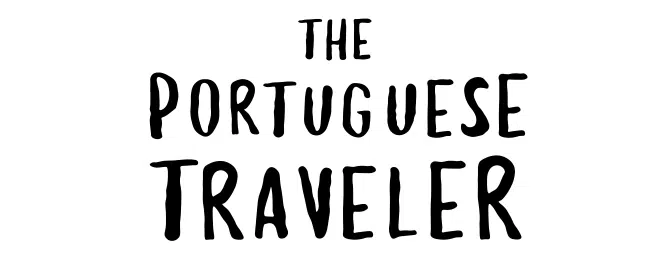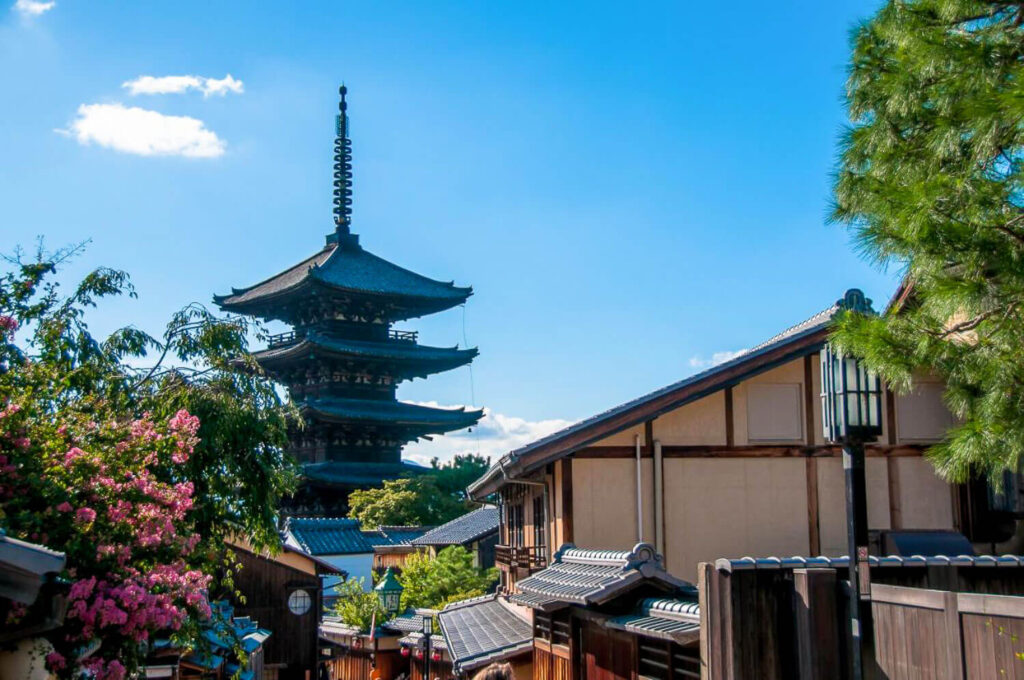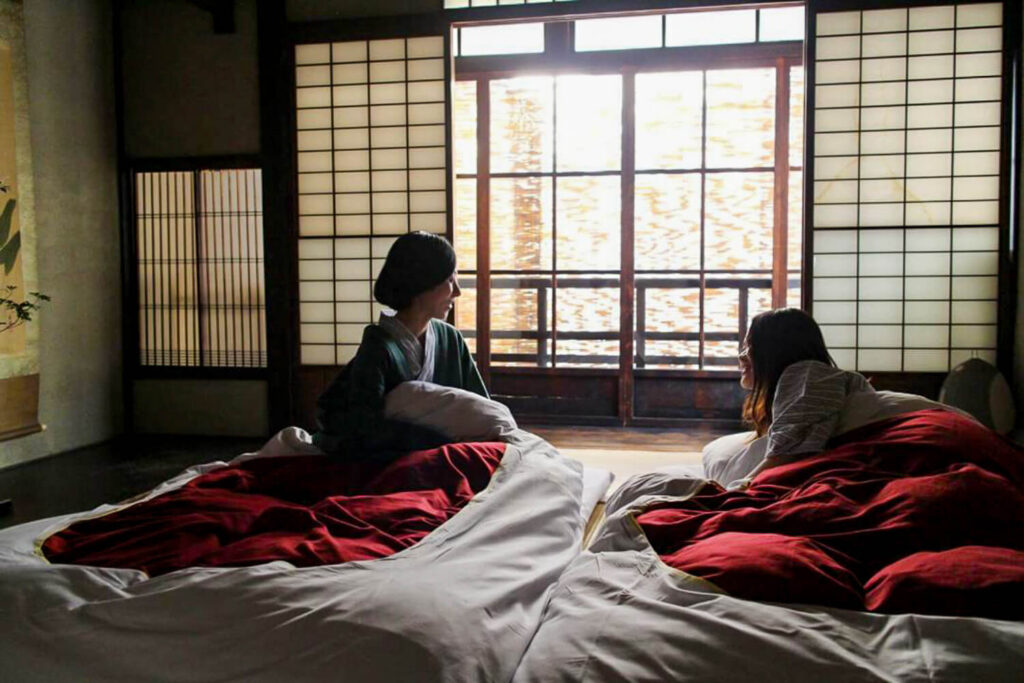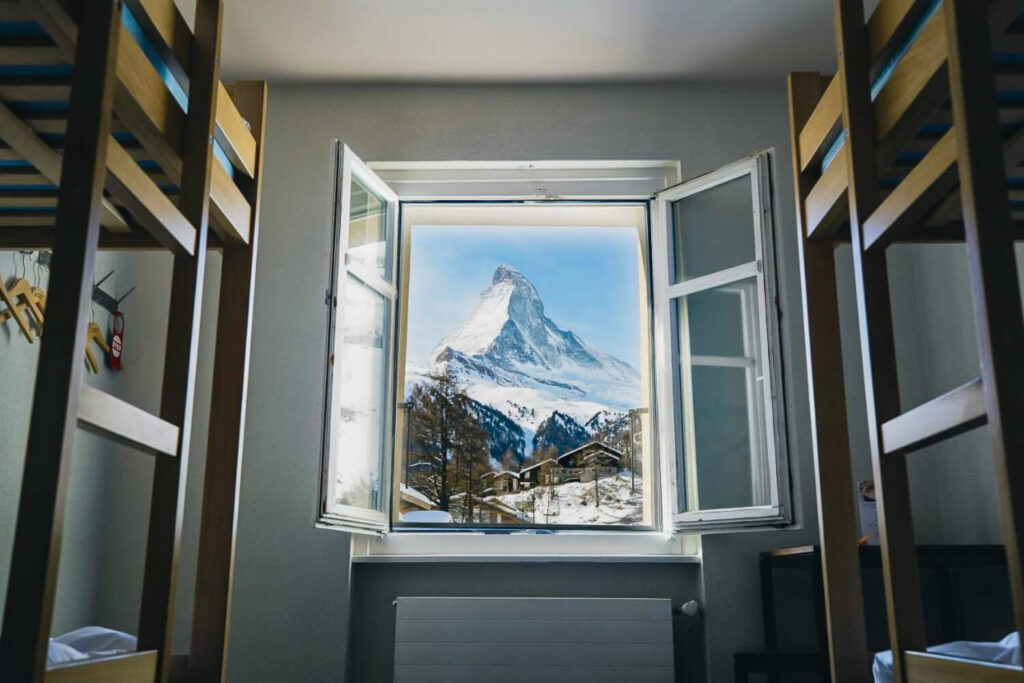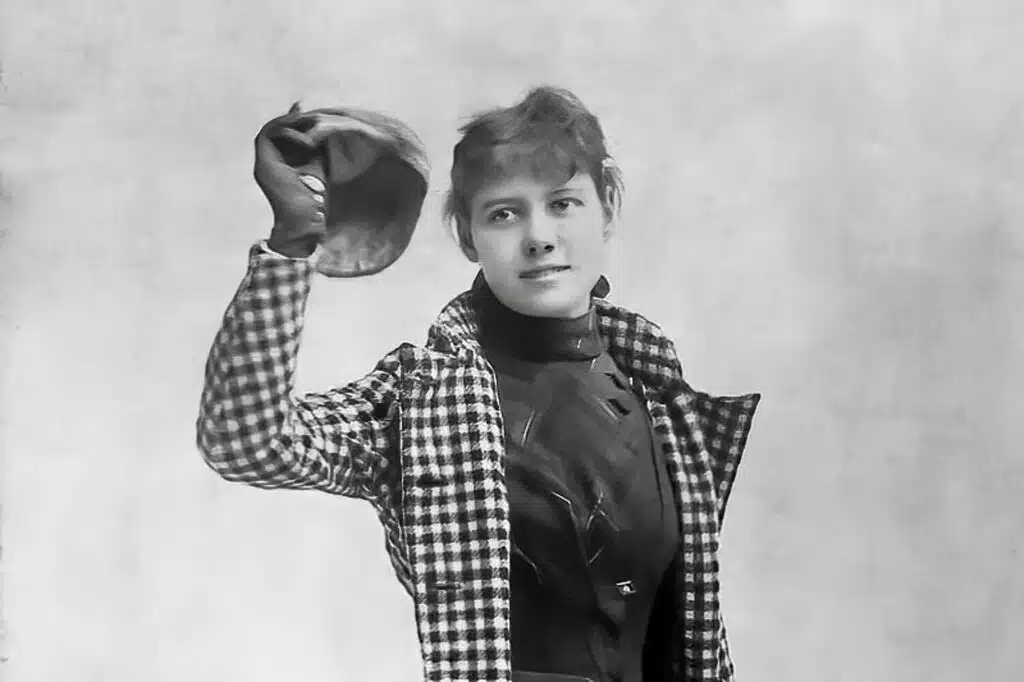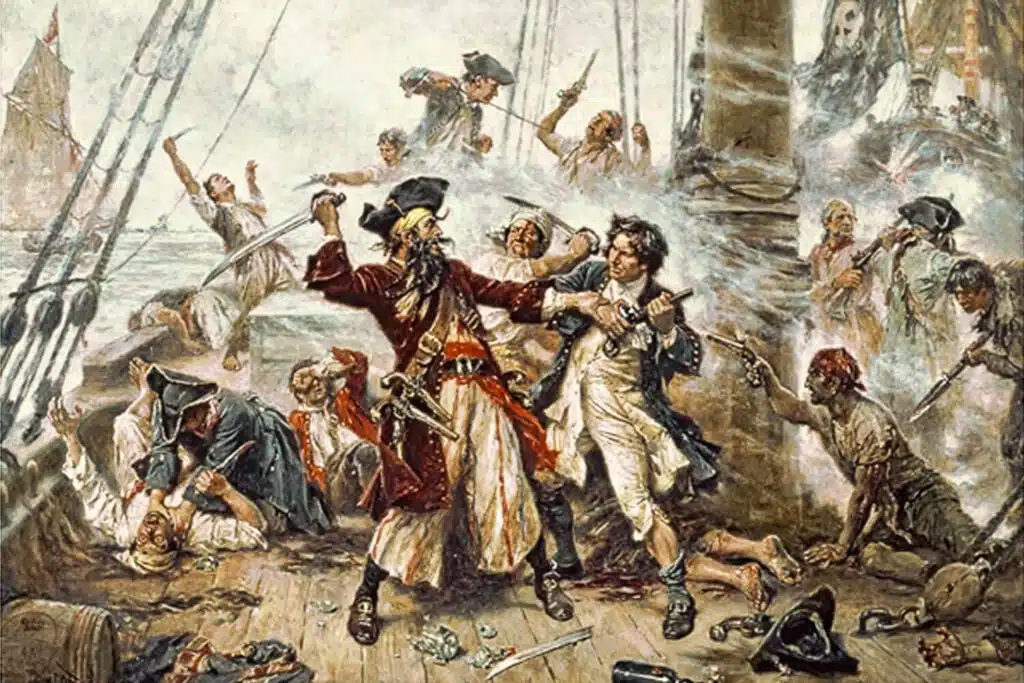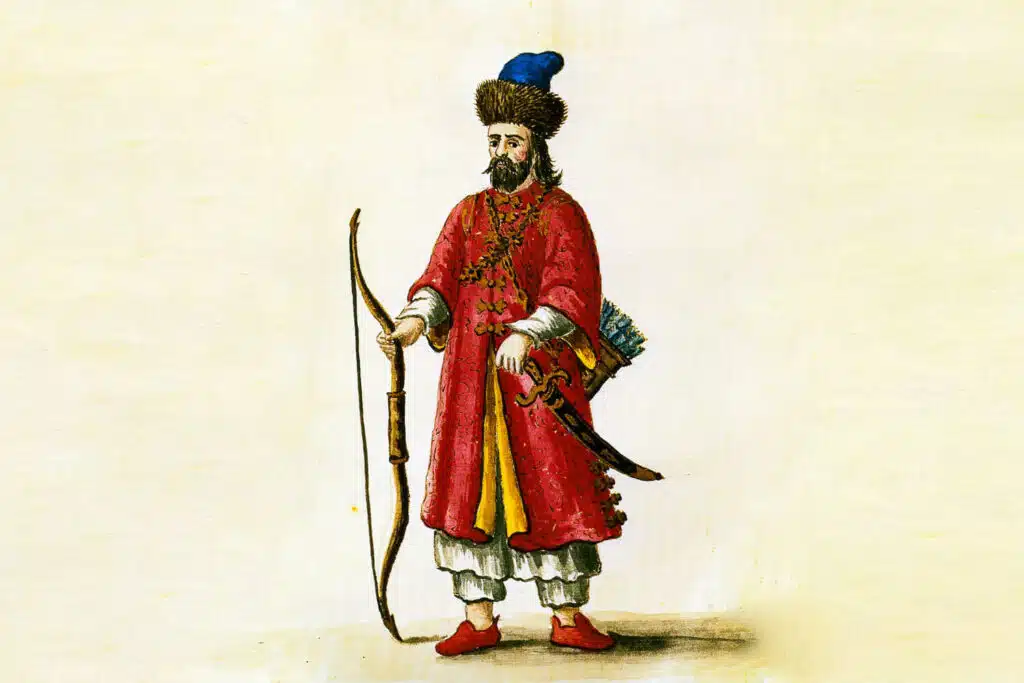The Route of: Vasco da Gama
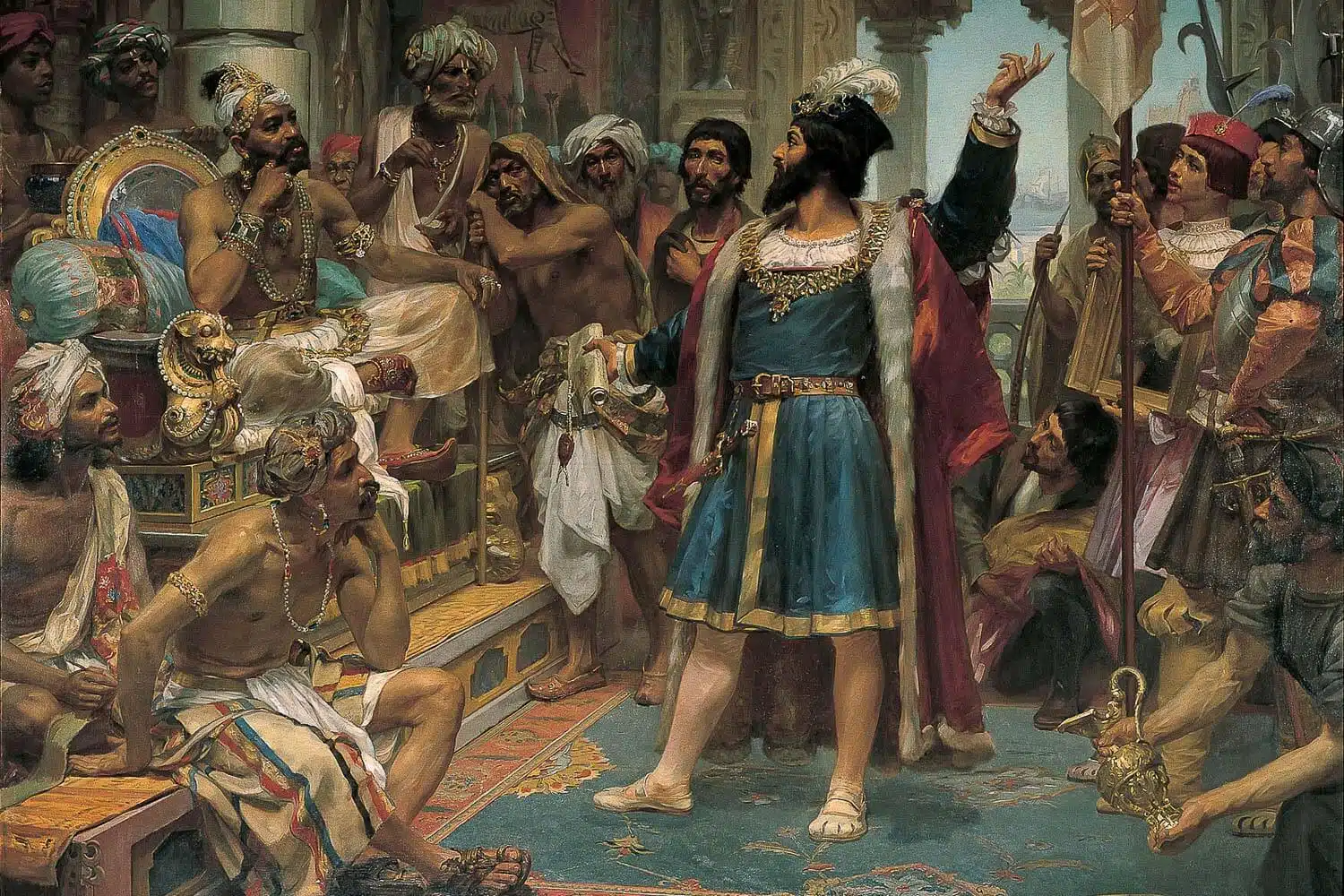
After a five-year break from exploring the routes of Marco Polo, Blackbeard, and Nellie Bly, I’m excited to continue the Routes series with one of the most influential navigators in history: Vasco da Gama. His expeditions redefined maritime routes, linking Europe and Asia, and set the stage for a new era of global exploration. Let’s dive into the remarkable journey of this legendary Portuguese explorer.
Who was the famous Vasco da Gama and how was his route?
Vasco da Gama (1469-1524) was a renowned Portuguese explorer and navigator who made history by leading the first successful sea voyage from Europe to India. This remarkable journey, during the Age of Discovery, was the longest oceanic expedition ever undertaken at the time, surpassing even a complete circumnavigation of the globe by the Equator. Toward the end of his life, Vasco da Gama briefly held the position of Viceroy of India, further cementing his legacy.
Born in Sines, Portugal, around 1469 (though some historians suggest an earlier date), Vasco da Gama was the son of Estêvão da Gama, a knight and mayor of Sines, and Isabel Sodré, of English descent. His early life remains largely unknown, but it is speculated that he may have studied mathematics and navigation in Évora. His skills led to his selection by King Manuel I of Portugal as captain-major of the fleet that would change the course of history by establishing a direct maritime route to India.
Vasco da Gama’s achievements laid the foundation for Portugal’s dominant role in the spice trade and solidified his place as one of the most significant figures in global exploration.
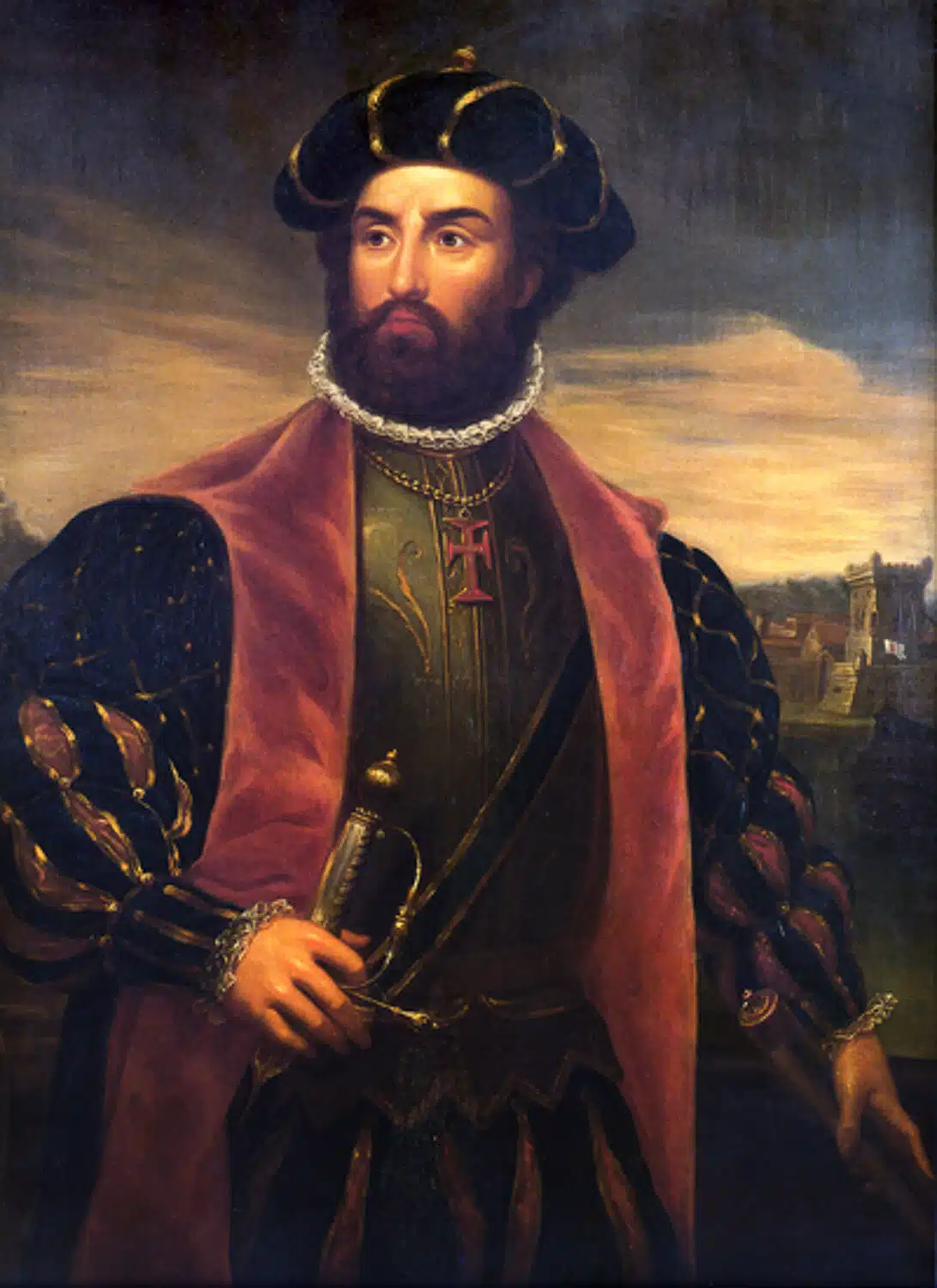
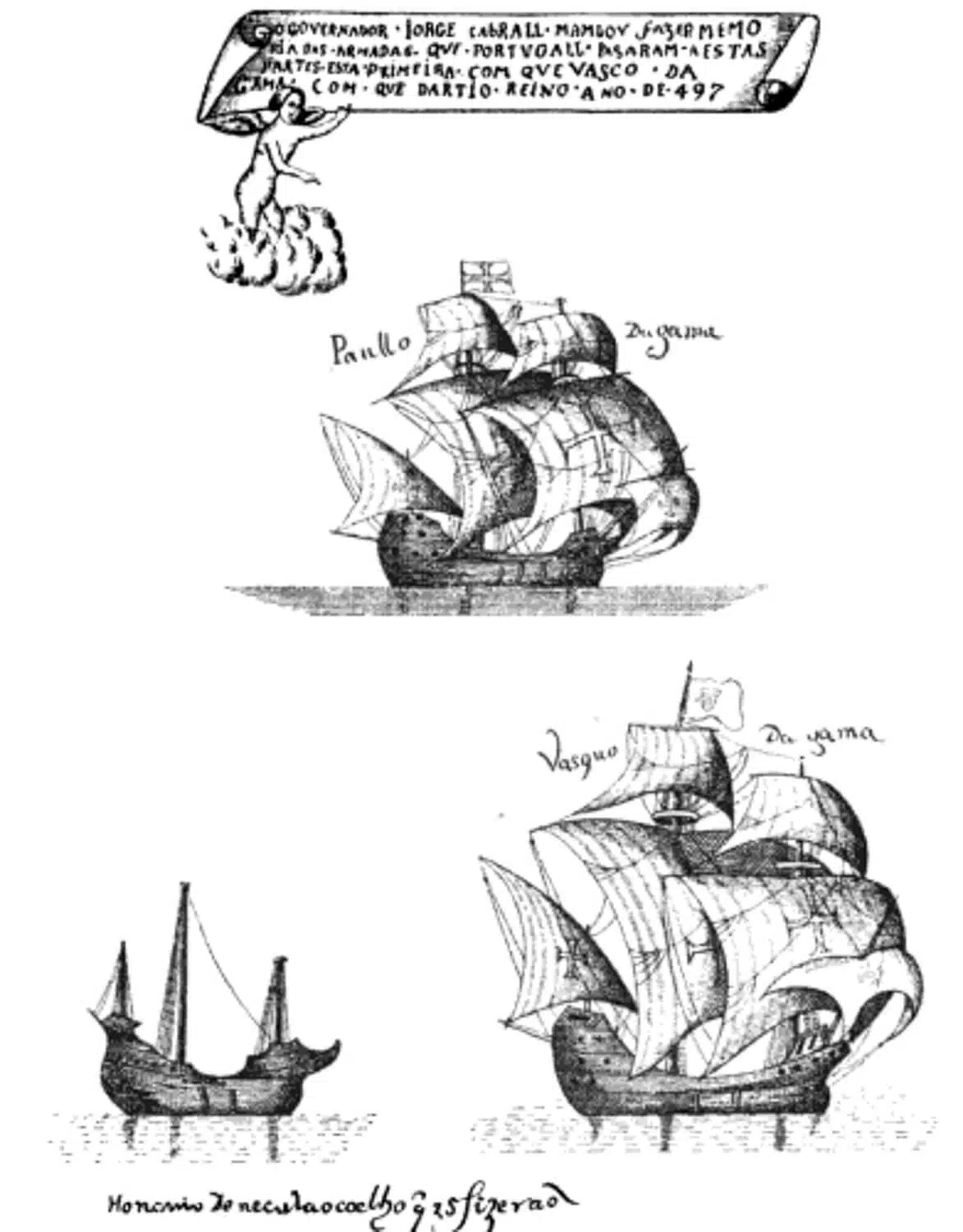
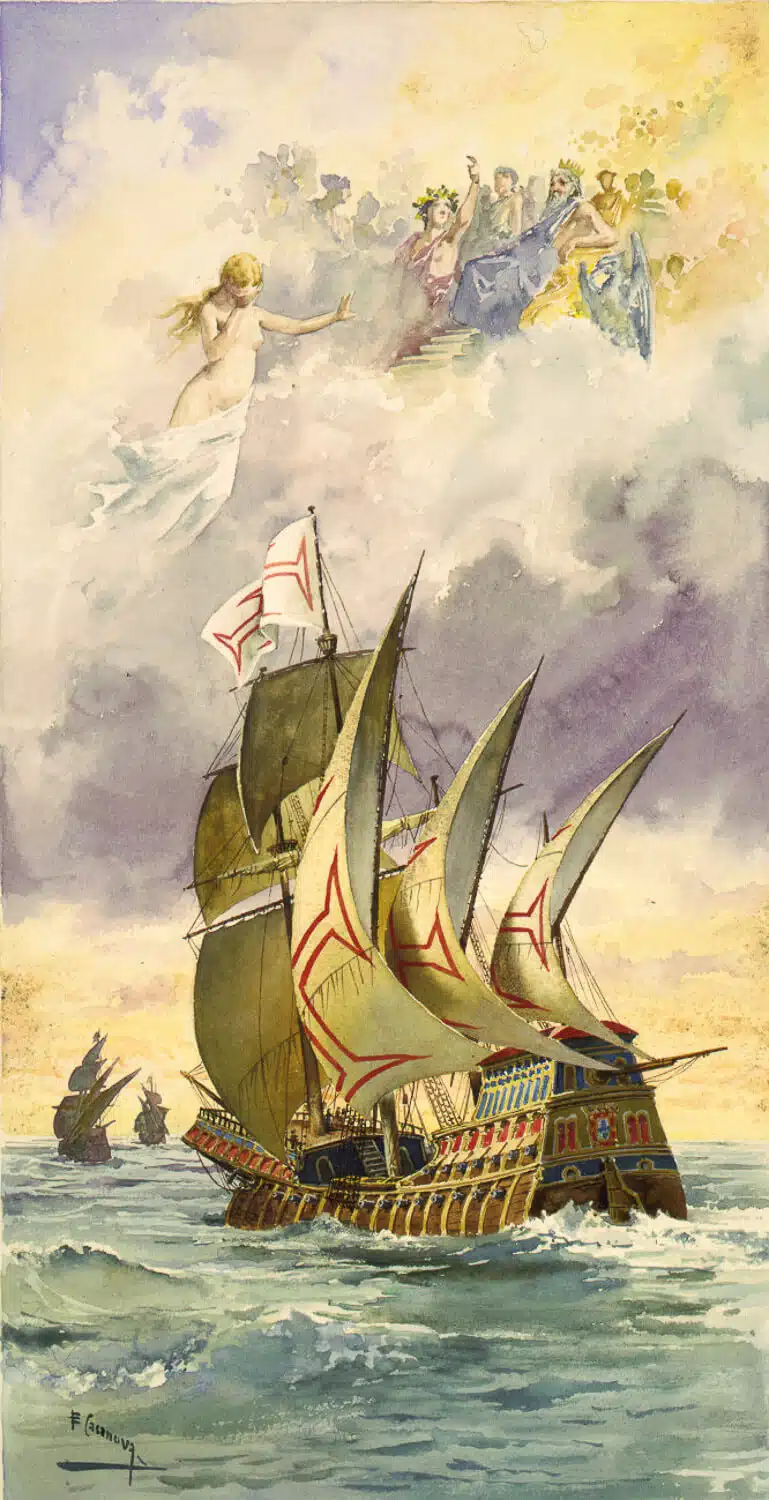
The Quest for the Maritime Spice Route
In the early 15th century, under the guidance of Prince Henry the Navigator, Portugal began exploring the African coastline, aiming to eventually reach India. By the 1460s, the goal was clear: to find a sea route around the southern tip of Africa to access the valuable spice trade, bypassing the Venetian-controlled routes. The fall of Constantinople to the Ottomans had further complicated European-Asian trade, making this route even more critical.
In 1488, Bartolomeu Dias successfully rounded the Cape of Good Hope, proving that access to the Indian Ocean by sea was possible. During the reign of King John II, additional land expeditions by explorers like Pero da Covilhã supported this theory.
The task of uniting these findings and creating a reliable sea trade route to India was initially given to Estêvão da Gama, but after his death, the responsibility passed to his son, Vasco da Gama. In 1497, King Manuel I appointed Vasco da Gama to lead the expedition, marking the beginning of one of history’s most transformative journeys.
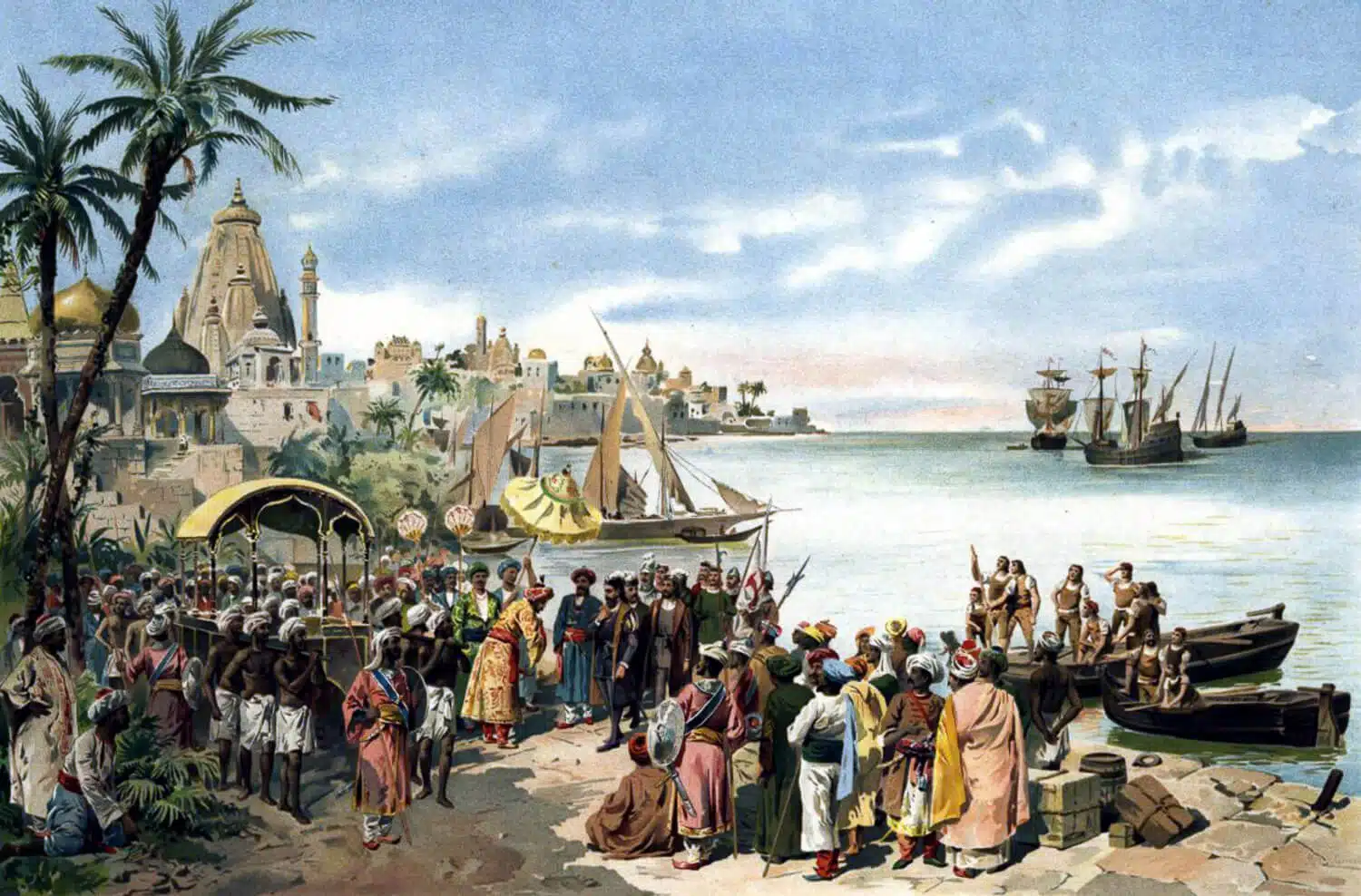
Vasco da Gama's Journey to India
On July 8, 1497, King Manuel I of Portugal entrusted Vasco da Gama with the command of a fleet that set sail from Belém in search of India. This expedition was primarily exploratory, equipped with letters from the king, flags to plant, and goods sourced from previous explorers like Bartolomeu Dias for trade with local merchants. The only firsthand account of the journey comes from an anonymous logbook, attributed to either Álvaro Velho or João de Sá.
The fleet consisted of approximately 180 men, including sailors, soldiers, and clergy, and was composed of four ships: the São Gabriel, the São Rafael, the Bérrio, and the supply ship São Miguel, which was lost on the way. Accompanied by Bartolomeu Dias, the fleet followed a previously established route along the African coast. After reaching Sierra Leone, Vasco da Gama veered southward, crossing the Equator and navigating over 6,000 kilometers of open ocean—at the time, the longest voyage ever undertaken at sea.
On December 16, 1497, the fleet passed the Great Fish River and sailed into uncharted waters. By Christmas, they named the coast they were sailing along “Natal” (now KwaZulu-Natal). After rounding the African coast, they reached Mozambique on March 2, 1498, encountering their first Indian merchants but facing hostility and misunderstandings that forced them to flee.
The expedition then moved on to Mombasa, where they faced resistance before being warmly received in Melinde (Malindi). Here, Gama obtained an Arab pilot, which allowed them to navigate to Calicut in southwestern India successfully.
On May 20, 1498, they arrived at Kappakadavu, near Calicut, establishing a new maritime route to India. Initially, Gama’s attempts to negotiate favorable trade terms with the local governor, Samutiri Manavikraman Rajá, were challenged due to cultural differences and the low value of their goods. Despite these difficulties, he managed to secure ambiguous trading rights before departing.
Vasco da Gama began his return journey on August 29, 1498, facing treacherous conditions that prolonged the voyage. While the outbound trip across the Indian Ocean took just 23 days, the return journey lasted 132 days, resulting in the loss of many crew members to scurvy. Of the original 148 crew members, only 55 returned to Portugal, with only two ships making it back.
Gama returned in September 1499, a month after his companions, due to the death of his brother, Paulo da Gama (in the Azores). He was celebrated as the man who fulfilled an 80-year quest, earning the title of Admiral of the Indian Seas and a generous annual pension. He was also granted the perpetual title of Dom and two villages, Sines and Vila Nova de Milfontes, solidifying his place in history.
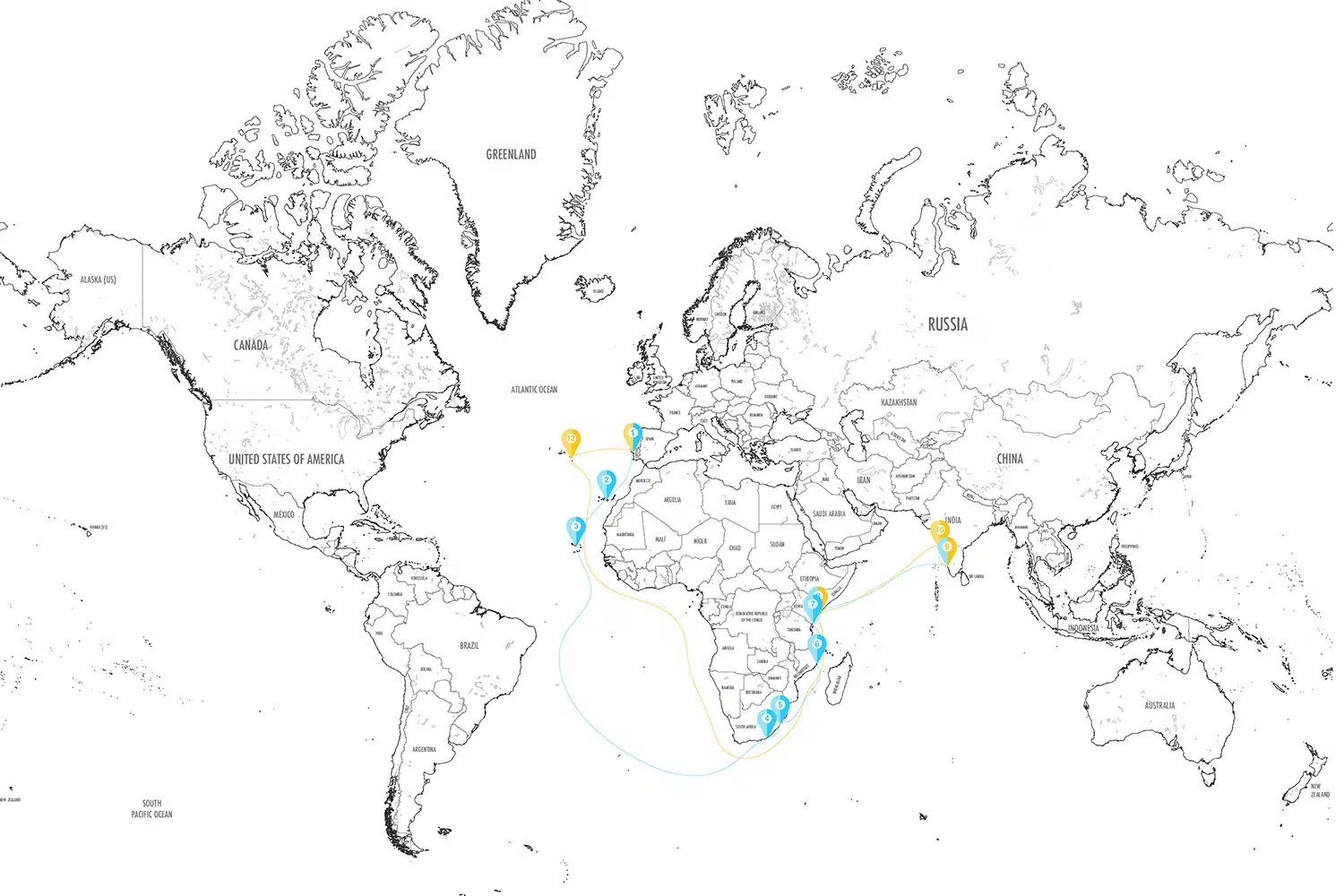
Vasco da Gama's Route:
- Lisbon (Belém), Portugal
- Tenerife, Canary Islands, Spain
- Cape Verde Islands
- Great Fish River, South Africa
- Natal (Durban), South Africa
- Mozambique Island, Mozambique
- Mombasa, Kenya
- Malindi, Kenya
- Kappakadavu (Calicut), India
- Angediva Island, India
- Malindi, Kenya
- Terceira, Azores Islands, Portugal
- Lisbon, Portugal
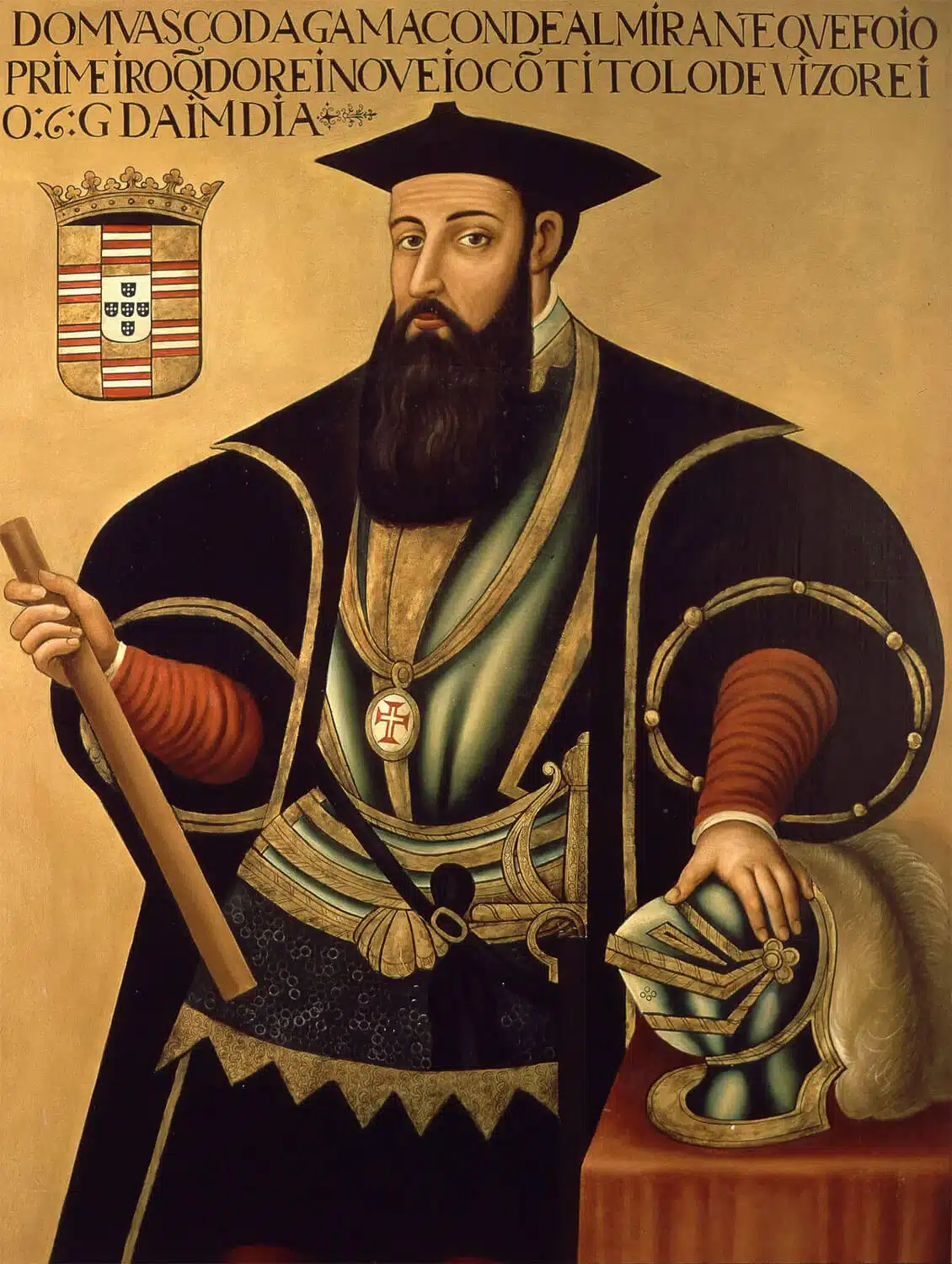
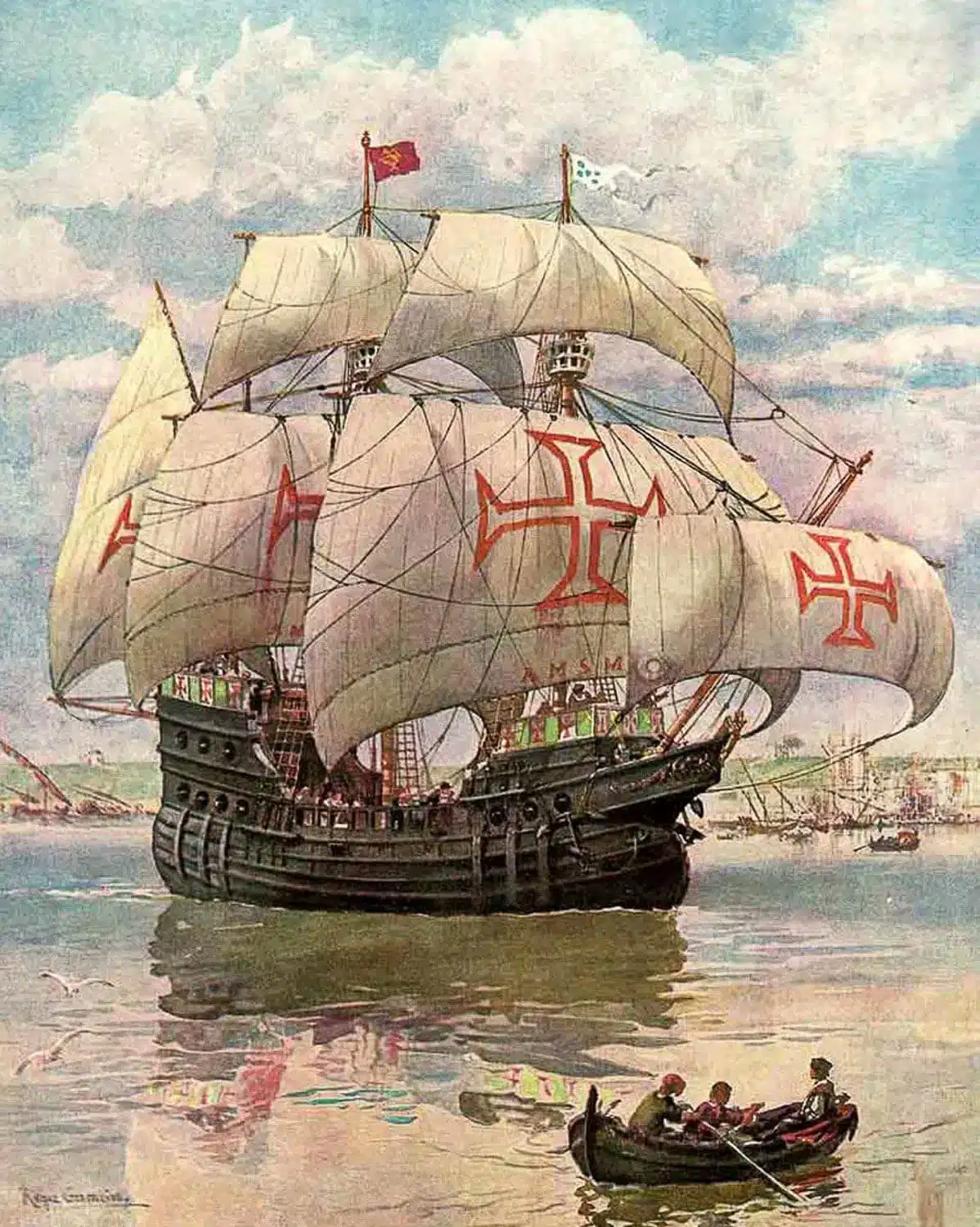
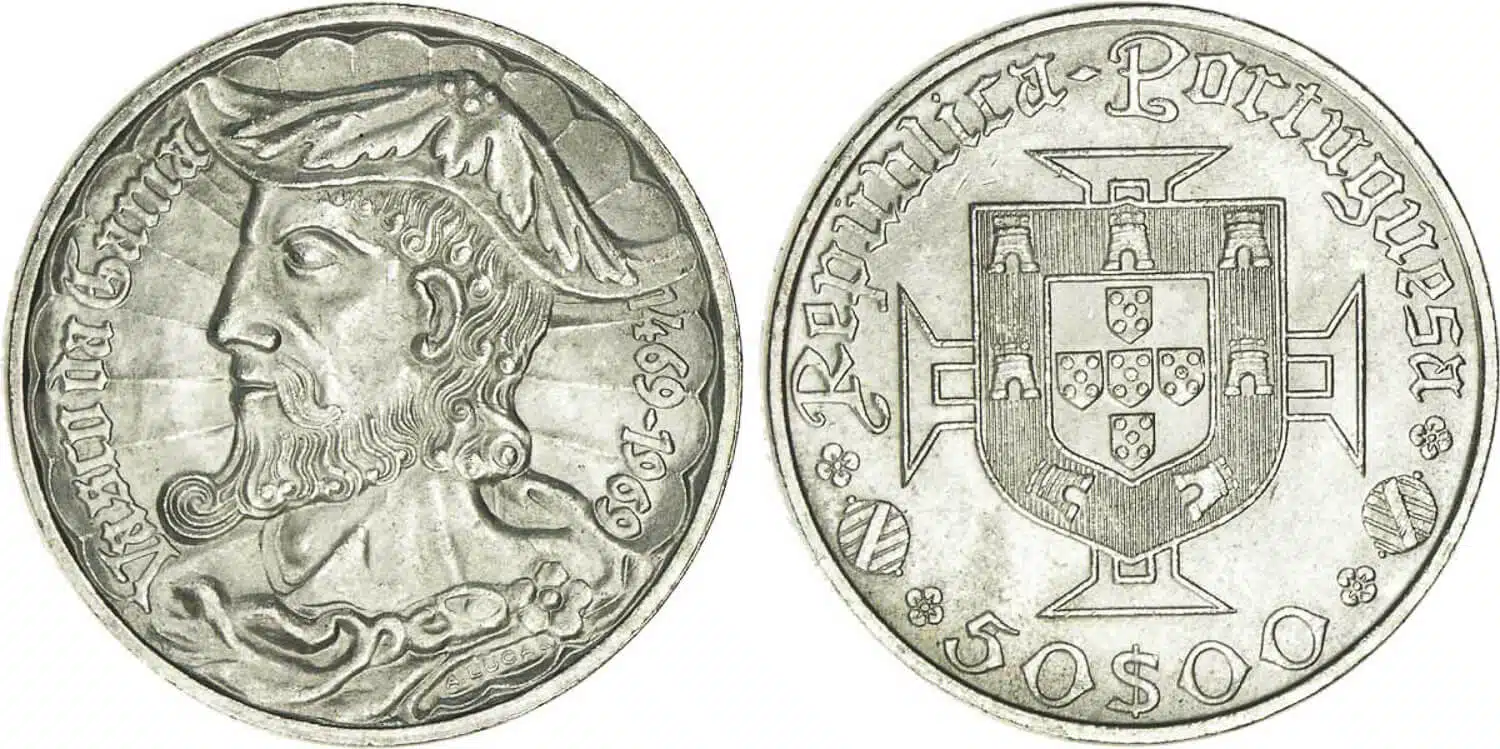
Second Voyage: A Mission of Retribution
On February 12, 1502, Vasco da Gama set sail on a new expedition, commanding a fleet of twenty warships to assert Portuguese interests in the East. This journey followed the second armada to India led by Pedro Álvares Cabral in 1500, who had discovered Brazil en route. Upon arrival in India, Gama learned that Portuguese traders left behind during his first voyage had been killed. In response, he bombarded Calicut before heading south to Cochin, where he received a warm welcome from the local Rajah.
Gama imposed a tribute on the island of Kilwa, a strategic port in East Africa that had resisted Portuguese control, securing a tribute of gold from the local ruler. This gold was sent back to King Manuel I for the Jerónimos Monastery in Lisbon. Notably, during this voyage, Gama became the first European to record the sighting of the Seychelles, which he named the Amirante Islands in his honor.
On his way to Calicut, Gama captured the Mîrî, a large ship returning from Mecca. The Mîrî was laden with valuable goods and carried important Muslim merchants. Gama seized all the cargo and, in an act of brutality, set the ship ablaze, killing those aboard. This action was meant as a message to the local rulers and Muslim traders in the region.
With the intent of establishing a Portuguese stronghold in Cochin, Gama bombarded Calicut and destroyed Arab trading posts. After these actions, the local samorim of Calicut, facing pressure from the Portuguese, was now more open to negotiating a treaty. By October 30, 1502, Gama had returned to Calicut, where he secured more favorable terms, largely driven by his desire for vengeance for the deaths of the earlier Portuguese traders.
By March 1, 1503, hostilities erupted between the samorim of Calicut and the Rajah of Cochin. Gama’s forces attacked Arab merchant ships and defeated a fleet of 29 Calicut vessels, leading to favorable commercial concessions from the samorim. Gama established a Portuguese colony in Cochin before returning to Portugal in September 1503. He later retired to Évora in 1513, enjoying a respected status despite stepping back from public life.
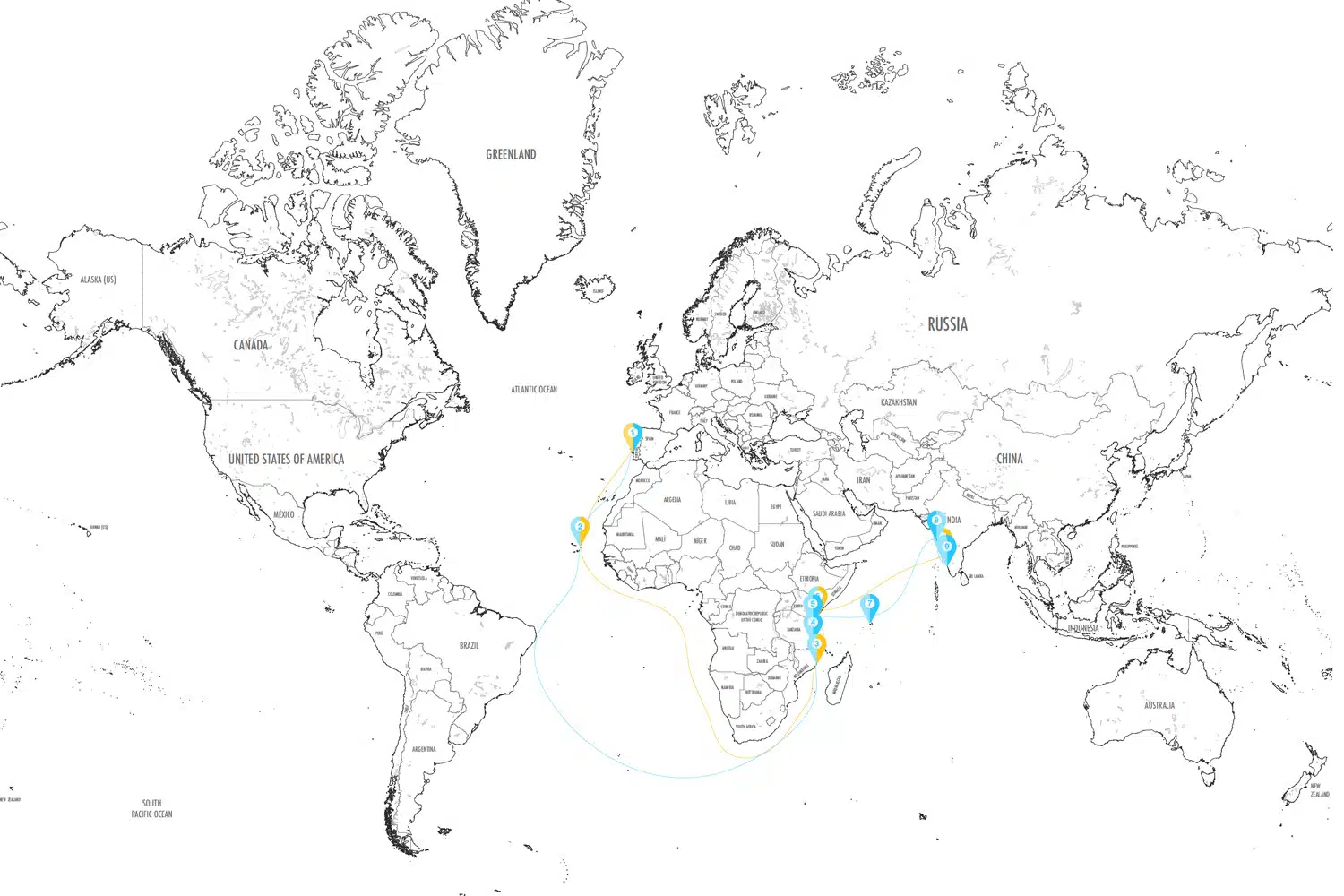
Second Voyage's Route:
- Lisbon (Belém), Portugal
- Cape Verde Islands
- Mozambique Island, Mozambique
- Kilwa Kisiwani, Tanzania
- Mombasa, Kenya
- Malindi, Kenya
- Seychelles (Ilhas Amirante)
- Angediva Island, India
- Cochin (Kochi), India
- Calicut (Kozhikode), India
- Kannur (Cannanore), India
- Malindi, Kenya
- Mozambique Island, Mozambique
- Cape Verde Islands
- Lisbon, Portugal
- Évora, Portugal
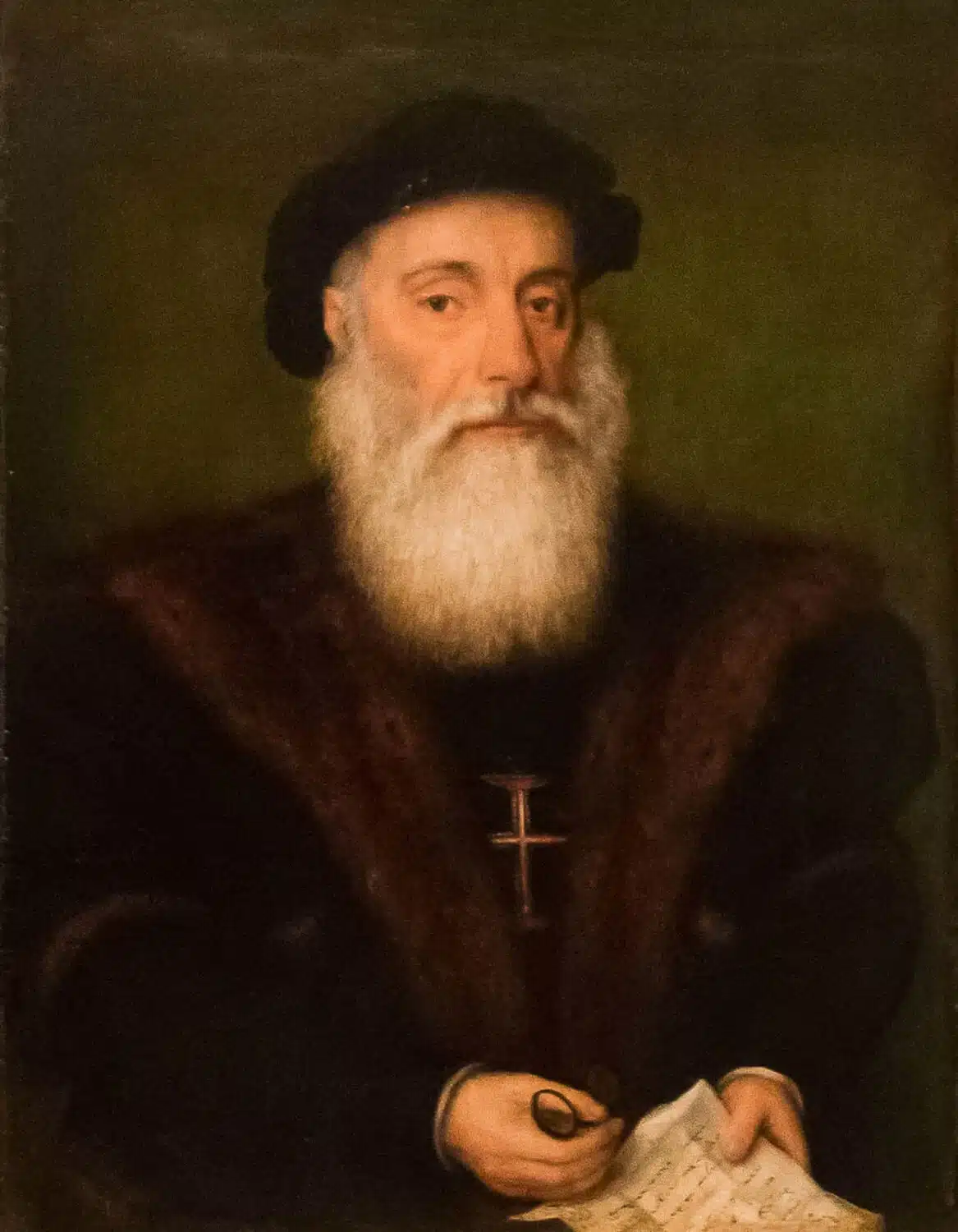
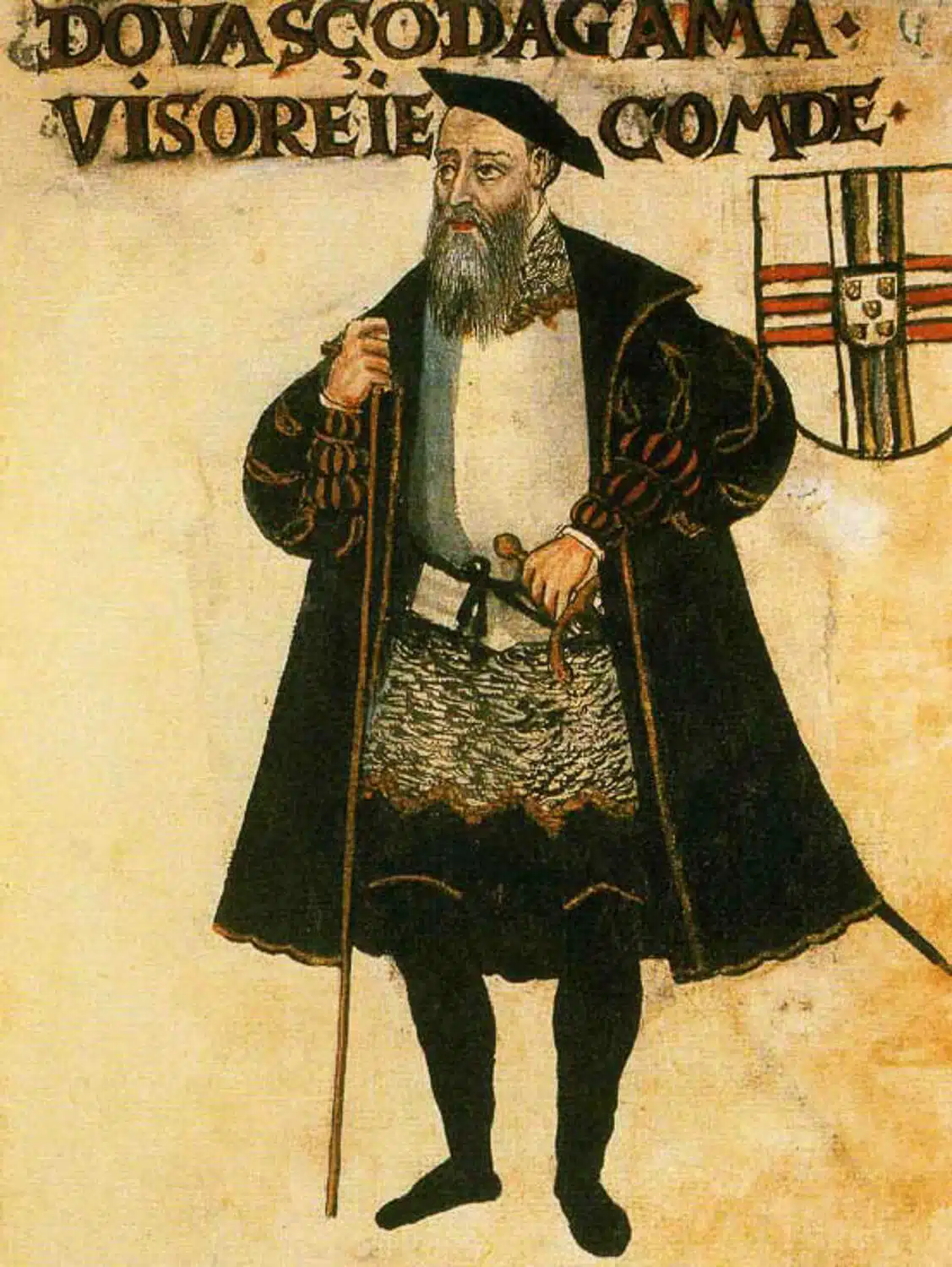
The Last Journey of Vasco da Gama
In 1524, Vasco da Gama, having earned a reputation as a problem-solver in India, was sent back to the subcontinent to replace the ineffective governor Duarte de Meneses. Shortly after arriving in Goa, Gama contracted malaria. Despite this, as Viceroy, he imposed order with a firm hand but died in Cochin on December 24, 1524.
Initially buried in Cochin, his remains were moved to Portugal in 1539, resting near Vidigueira, where he held the title of Count of Vidigueira. In 1880, his remains were transferred to the Jerónimos Monastery in Lisbon, though some believe they still remain in Vidigueira.
Vasco da Gama became a pivotal figure in the Age of Discovery, opening up vital trade routes between Europe and Asia. His voyages not only established Portuguese dominance in the Indian Ocean but also paved the way for the lucrative spice trade that would shape the Portuguese economy for years to come. Despite facing numerous challenges, including hostile encounters and the loss of many crew members, Gama’s perseverance led to the colonization of key ports along the East African coast, securing essential resources for future expeditions.
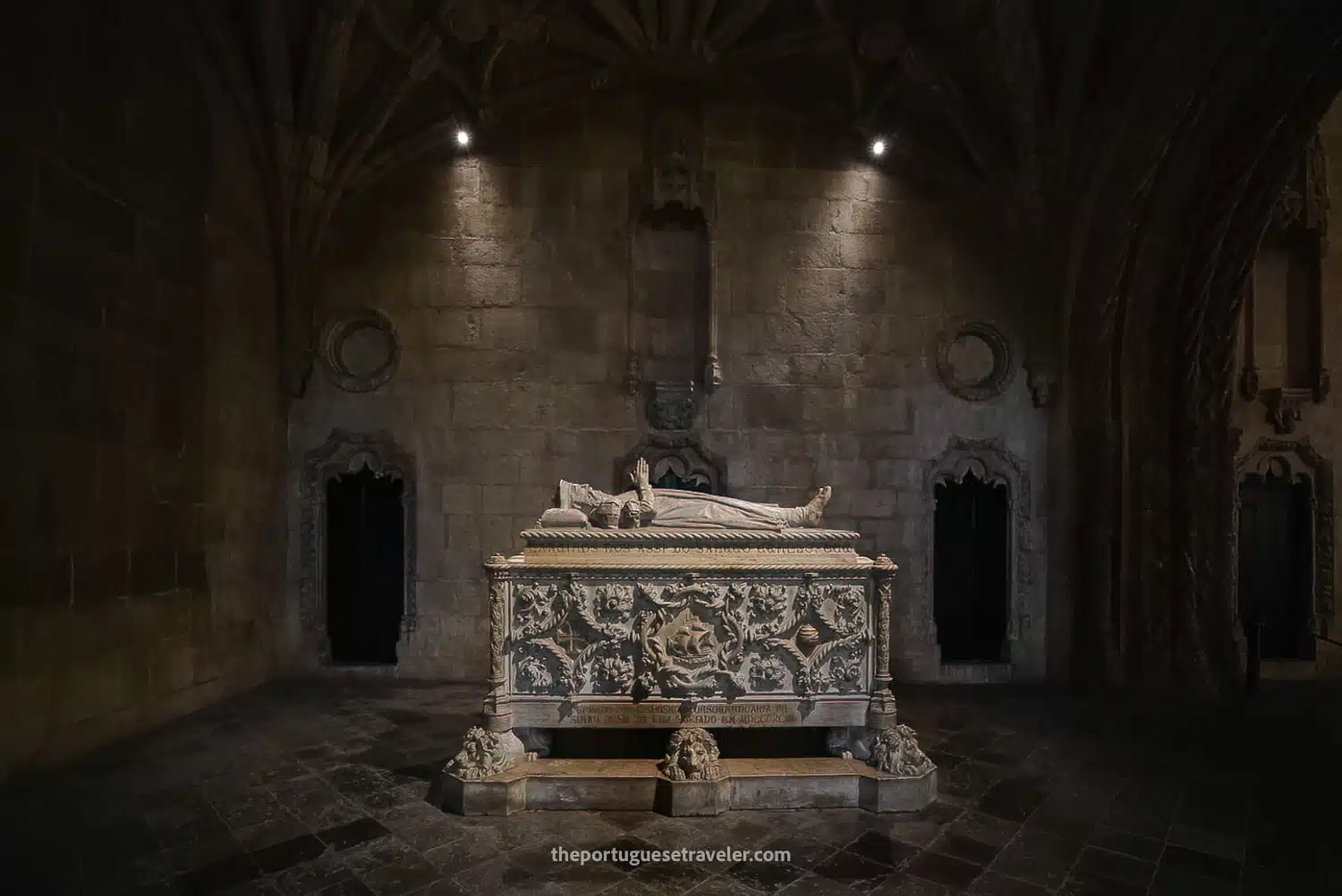
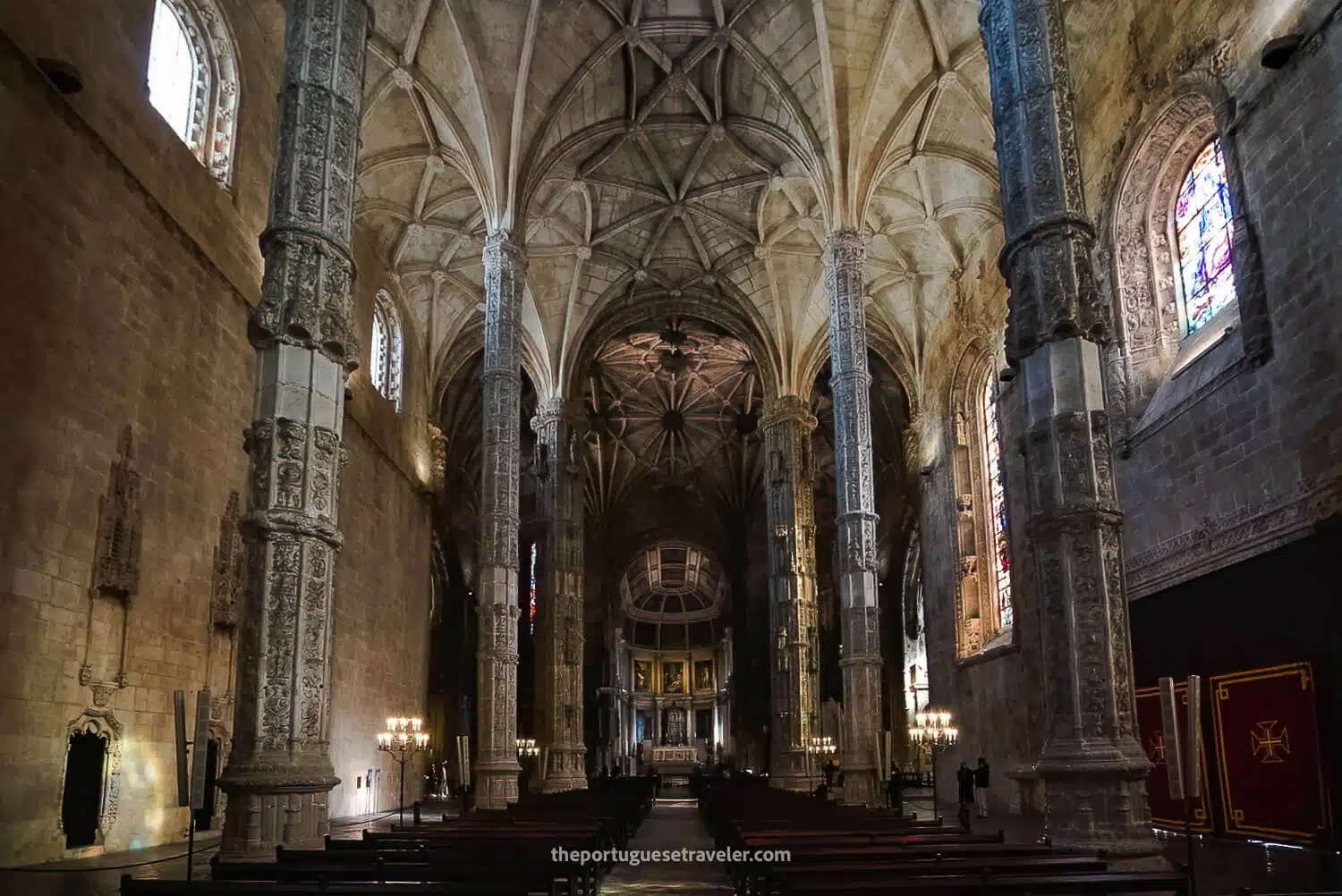
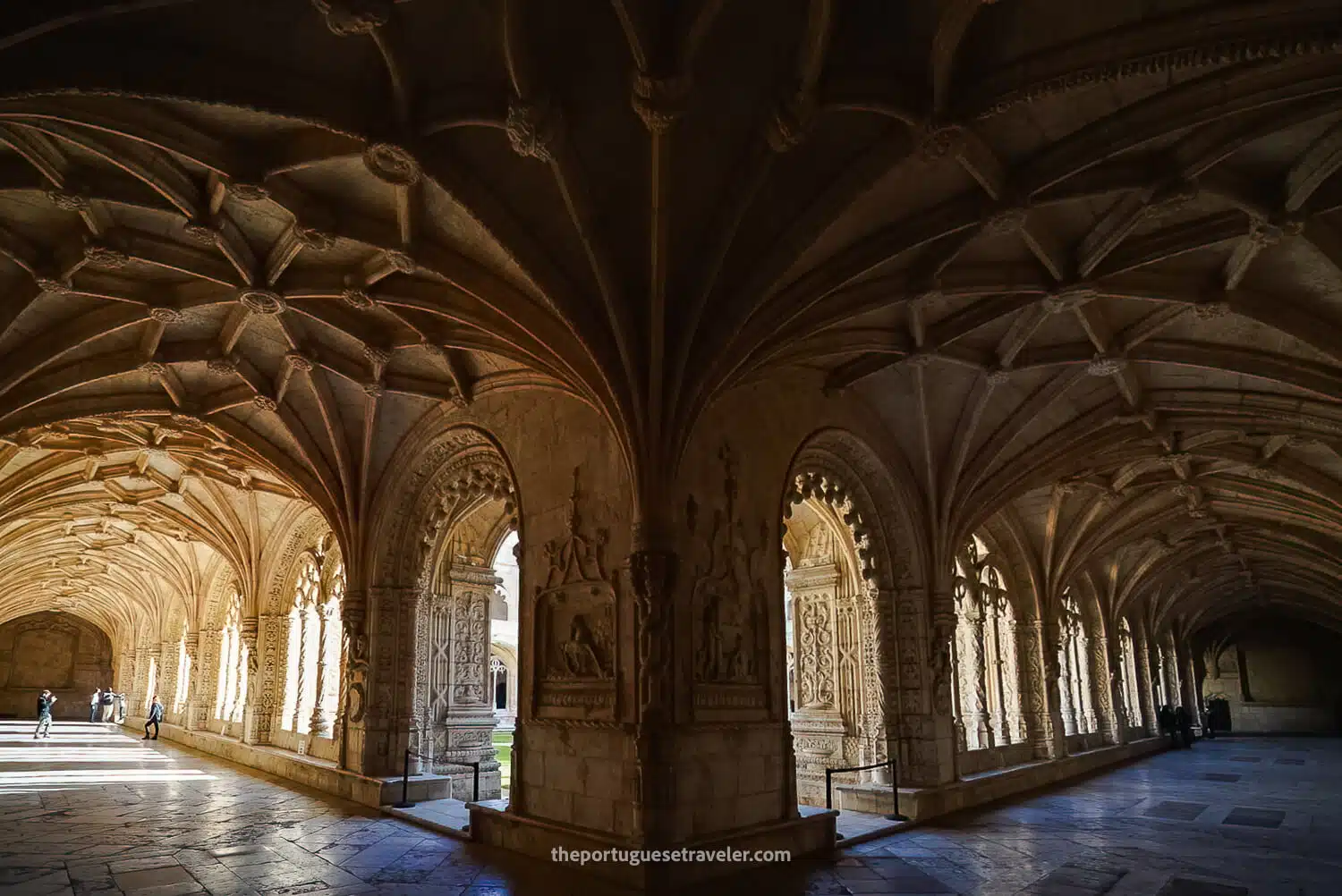
And that’s it – The remarkable journey of Vasco da Gama, a true pioneer of maritime exploration.
Would you have the courage to embark on such an adventurous voyage? What modern routes do you think reflect Gama’s spirit of exploration and resilience? I’d love to hear your thoughts!
Plan your next adventure with us!
Here are the links we use and recommend to plan your trip easily and safely. You won’t pay more, and you’ll help keep the blog running!
Discover More Ancient Routes
Adventures in Sri Lanka - The Ancient Ceylon
Explore The Galapagos Islands
Hiking in Switzerland & Italy
The Hidden Worlds of Ecuador
ABOUT ME
I’m João Petersen, an explorer at heart, travel leader, and the creator of The Portuguese Traveler. Adventure tourism has always been my passion, and my goal is to turn my blog into a go-to resource for outdoor enthusiasts. Over the past few years, I’ve dedicated myself to exploring remote destinations, breathtaking landscapes, and fascinating cultures, sharing my experiences through a mix of storytelling and photography.
SUBSCRIBE
Don’t Miss Out! Be the first to know when I share new adventures—sign up for The Portuguese Traveler newsletter!
MEMBER OF
RECENT POSTS
COMMUNITY
TRAVEL INSURANCE
Lost luggage, missed flights, or medical emergencies – can you afford the risk? For peace of mind, I always trust Heymondo Travel Insurance.
Get 5% off your insurance with my link!
